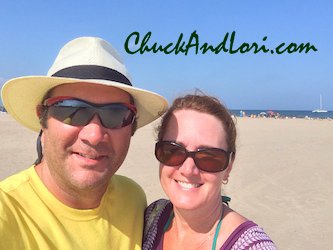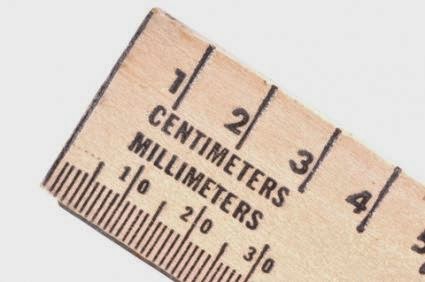Portuguese might still allude us, but we have become fluent in metric. Despite the efforts of years of elementary school teachers, metric never “stuck” with us, as is the case with most Americans. Like Portuguese or French, it takes immersion, and we suppose we’ve been to Europe enough now that we can actually think, even dream, in metric.
At 20 degrees, perhaps even 19, it’s been quite comfortable for me, but Lori’s been a bit nippy. Yesterday we did some wine bottling up in the village of Parada de Gonta, which is only a kilometer or two up the road. We bottled 50 or so 5-liter carafes (we’d call them jugs) and 150 or so standard wine bottles (which everyone knows are 750 milliliters). By afternoon it had warmed to a quite comfortable 22 degrees, but over the course of the evening we had a couple of millimeters of rain. The rain has continued today, unfortunately.
The other day for our walking tour of Coimbra, we suppose we walked a good 2,5 to 3 kilometers. We picked up a half kilo of plums, so juicy they were a liter at least. Soon our visit to Portugal will come to and an end and we’ll head to Madrid, which is about 563 kilometers away, nothing compared to the 5.000 or so kilometers we are from home!
Our metric/imperial cheat sheets:
To convert celsius temperatures to fahrenheit, multiply by 2 and add 30 for a quick approximation. For example, 20 degrees celsius is 20 * 2 = 40 + 30 = 70. A good rule of thumb is 28 celsius is about 82 degrees fahrenheit.
To convert kilograms to pounds, just remember there are about 2 pounds in a kilogram. For example, if you want to buy a pound of cherries, ask for a half kilo; or if you ask for a kilo of cherries, you’re going to get two pounds of cherries.
To convert kilometers to miles, try to think that there are about 3 kilometers to every 2 miles. For example, if the airport is 10 kilometers away, that’s a bit over 6 miles; similarly if you are accustomed to running 4 miles, you’ll actually be running 6 kilometers or so.
To convert liters to gallons, there are just under 4 liters in a gallon, which means that a liter is just a tad bit more than a quart. This means that you can pretty much think of liters and quarts as interchangeable, but if you are dealing in large numbers of liters, add another 10% to get closer to your quarts. For example, a liter of milk is pretty close to a quart of milk; but if your lorry’s tank takes 60 liters, that’s roughly 66 quarts, or 16.5 gallons.




